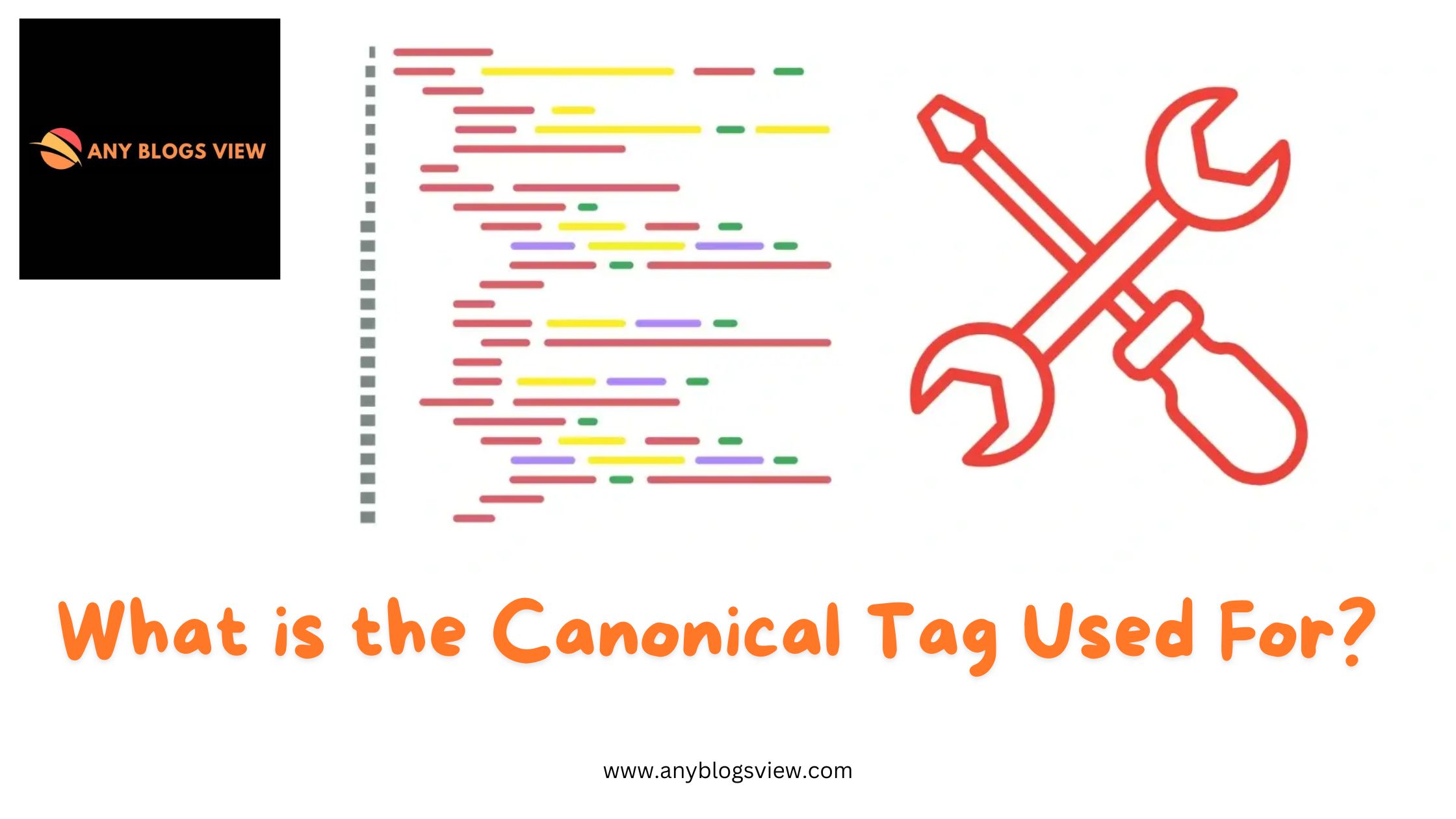What is the Canonical Tag Used For?
 Any Blogs View
Any Blogs View
Ever seen two different URLs that lead to the same page? Did you witness it on your website too? No worries, it does happen to most of us. There are situations when one page, for example, a product, is accessible through two different or slightly different URLs.
You might think of it as a general thing that cannot harm your website but, it can damage your website’s SEO by confusing the search engine bots as well as your audience.
Are you confused or worried about it? Here comes the canonical tags - the solution to this problem! Today, we’ll tell you all about Canonical tags- what they are, how we use them and how they’re helpful for you. Read till the end to know how to fix it easily!
How Duplicate Content Harms Your Website
Suppose you wrote a blog post that’s insightful and high-quality. Now, you see that it’s available through two slightly different URLs. You’ll be confused right? The same happens with search engines. Search engines like when everything is properly organized.
When search engines come across duplicate content, they get confused about the originality of a page. and, in this confusion, none of the URLs get indexed. Their inability to determine the relevancy and value of the pages due to duplicate content can lead to-
Lower search ranking as it struggles to determine which URL is original.
Search engines don’t crawl every page available as it has limited resources available. The delay and confusion can affect your website’s visibility.
The users might get confused as well. This will result in a bad or negative user experience.
The canonical tags save you from each of these mishappenings. You just need to put a small piece of HTML code in the head sections of your web page to mark your URLs as the original version.
Benefits of Canonical Tags
Before using a canonical tag, it’s important to know how it benefits your website and helps it appear on search engines.
The very first benefit you get is improved search rankings. When you mark a URL as original the search engines consolidate its link value also known as equity, which can help boost your ranks in search engine results. This happens due to the other benefit, which is efficient crawling. The right and original link helps search engines crawl to your website and focus on its unique and valuable content instead of the URLs.
While it helps you perform well on search engines, it helps you in providing your users with a great experience as well. You can provide original and high-quality content without confusing them.
When to Use Canonical Tags
Are you wondering about when to use canonical tags? Well, we saw how its absence can affect your website, and how it benefits us, so, let’s get to know when to use canonical tags. While it is always important to put up a canonical tag, some of the most important situations are -
When your page is accessible in different formats. For example, product pages are accessible with and without tracking parameters.
If the content is in series. Suppose, you’ve posted a series of some topic where everything is step by step, it can’t be skipped or read from the middle or it would confuse the user. So, by marking the first page as the original and giving it priority, you can enhance user experience.
If your content is printable. For the real version, use a canonical tag.
If you have multiple domains and the content is posted on those websites. To mark the original or the web page that you want to prioritize, put a canonical tag.
These are just some examples and there are infinite issues and reasons why putting a canonical tag becomes crucial. So, to be on the safe side, put up a canonical tag on the original version. Let’s learn how to put a canonical tag.
How To Implement Canonical Tags
Without wasting any time, let’s skip to the steps-
Firstly, choose the URL of the version that you want to set as original and give priority to it. After that, access the website’s code. CMS allows website owners to edit HTML codes for web pages. There, go to the <Head> section and insert the code snippet-
<link rel=”canonical” href=”https://example.com/preferred-version”>
Replace the underlined part of the code with the URL of the original version.
Now, save it and verify. To test if it's working or not, use Google Search Console and test if it’s working correctly.
Conclusion
Canonical tags are powerful but remember, they don’t perform magic. It does help you keep your website and web pages unique and clean but just canonical tags don’t do the work, it's your responsibility to provide quality.
When you understand the usage and importance of a canonical tag, you find it interesting to implement and even more important to put it on each web page. This helps in keeping your website content clear and clean. So, don’t wait anymore and implement the canonical tags to make your website unique.
Subscribe to my newsletter
Read articles from Any Blogs View directly inside your inbox. Subscribe to the newsletter, and don't miss out.
Written by
